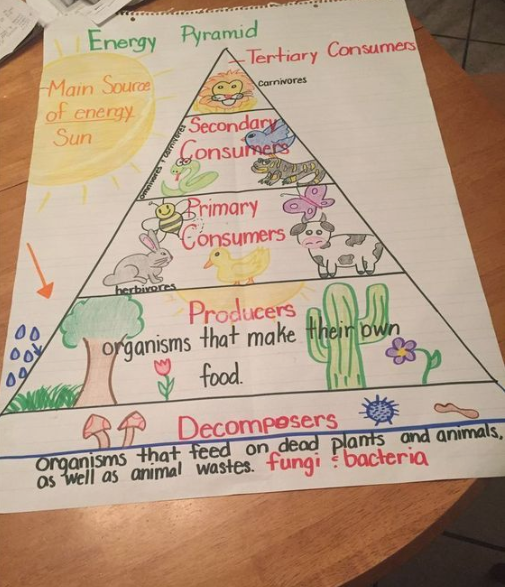Introduction:
Ecosystems are complex networks of living organisms and their environment, working together in harmony. Understanding ecosystems is crucial for our children, as they help conserve nature and ensure the survival of various species on our planet. Here are 15 exciting and engaging activities that can help students grasp the concept of ecosystems and teach them the importance of environmental conservation.
1. Build a Terrarium:
Have students build their own terrariums using clear containers, soil, plants, and small creatures (such as insects). This hands-on activity fosters an appreciation for living things and their habitats.
2. Food Web Game:
Teach children about predator-prey relationships and energy flow within ecosystems through a food web game. Students can use yarn to create connections among pictures or illustrations of organisms placed on the floor or tables.
3. Nature Walk:
Take students on a guided nature walk through local parks or nature preserves to explore various ecosystems and promote a sense of connection to their environment.
4. Wildlife Observation:
Set up bird feeders or observation stations encouraging children to observe local wildlife and understand their role in ecosystems.
5. Pond Study:
Visit a pond or wetland with students, equipped with nets and microscopes, to examine plants, fish, and insects living in the ecosystem.
6. Recycling Project:
Organize a recycling project where students learn about waste management’s impact on ecosystems by sorting materials like plastic, metal, glass, and paper.
7. Adopt a Tree:
Assign each student a tree in your schoolyard to observe throughout the seasons for changes in growth or wildlife presence.
8. Rainforest Layers:
Create dioramas or models of rainforest layers using craft materials to understand different layers’ unique biodiversity.
9. Watch an Environmental Documentary:
Watch documentaries highlighting varied ecosystems worldwide to expose students to diverse habitat types beyond their immediate surroundings.
10. Ecosystem In a Bottle:
Have students create an aquatic ecosystem in a bottle by including water, plants, and small organisms like snails or daphnia.
11. Nocturnal Animals Project:
Learn about nocturnal animals and recognize the importance of nighttime ecosystems through this engaging project.
12. Invasive Species Research:
Choose an invasive species that affects your local ecosystem and let students research its effects on other organisms, as well as possible solutions to counteract its damaging influence.
13. Art Projects:
Allow students to create art projects inspired by their favorite ecosystems using various mediums such as watercolors, collage, or sculpture.
14. Ecological Succession Activity:
Use cardboard box dioramas to illustrate the different stages of ecological succession from bare rock to the mature forest.
15. Create Ecosystem-themed Games:
Develop fun games or relays based on ecosystems like the “Web of Life” game or a “Predator and Prey” tag game that helps students learn about interconnectedness within ecosystems.
Conclusion:
These 15 exciting and engaging activities will help spark curiosity and passion for ecosystems in young minds. By familiarizing themselves with different ecosystem types and understanding how living organisms coexist, students will gain a greater appreciation for our planet’s delicate balance and feel inspired to protect it for future generations.





